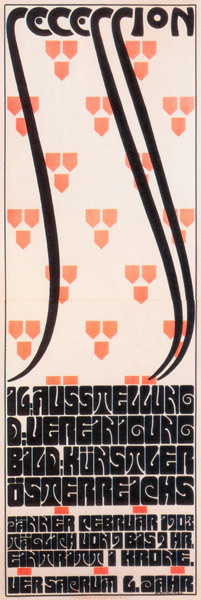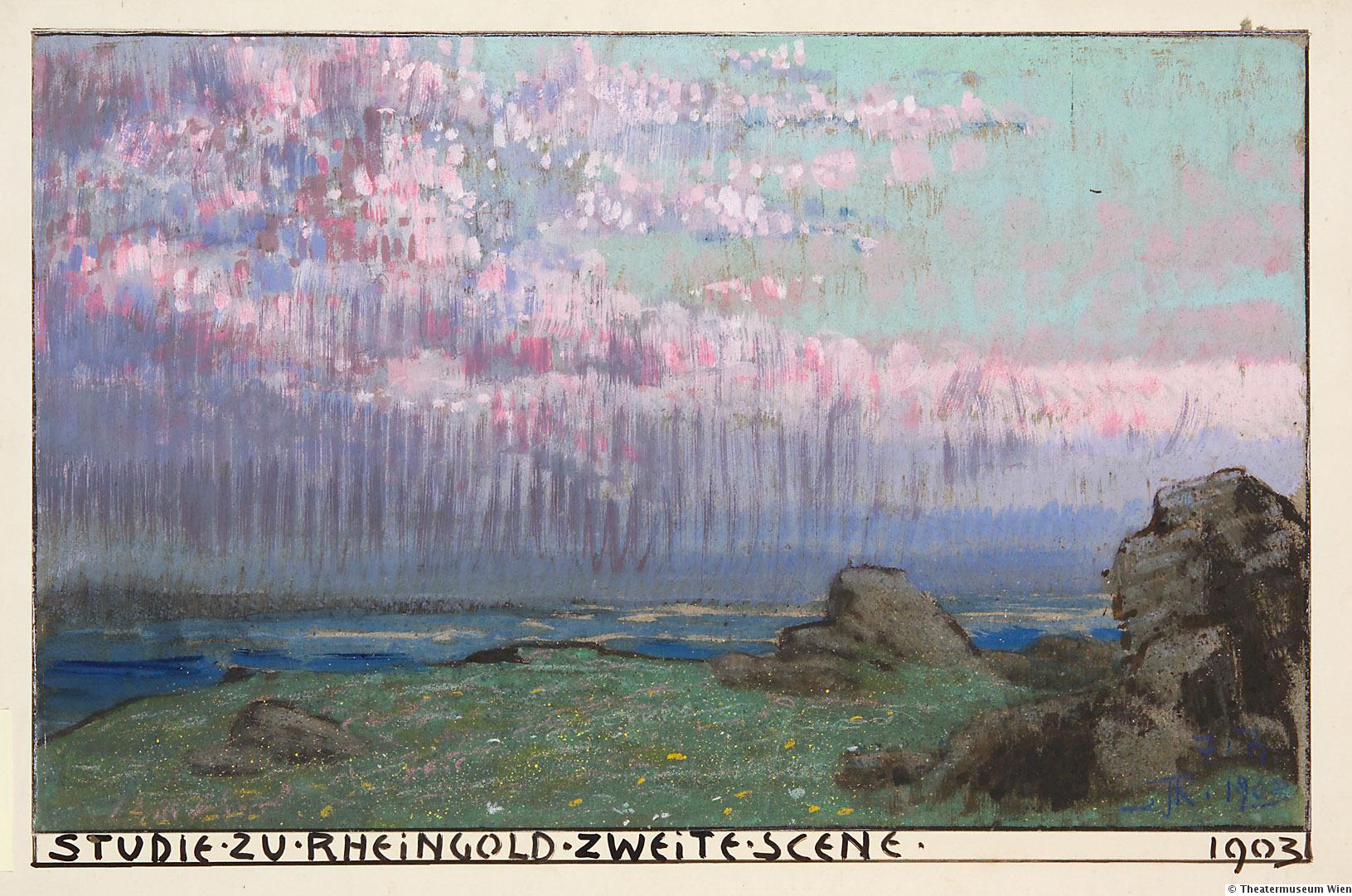
In 1898, one of the founders of Secession, Joseph Maria Olbrich, completed the Secession Building on Vienna’s Fredrichstrasse.

The movement found a permanent home that still stands today Secession allowed new ideas and artists to flourish, drawing on modernist movements across Europe and creating something entirely new.Īs Secession artists developed and began to display their work publicly, they drew the gaze of Europe back to Austria, inspiring similar movements across Eastern Europe as well as provoking and inspiring individual artists. Prior to 1897, Austrian art had traditionally been conservative, wedded to the academy and its ideals. The movement put Austria back on the artistic map The Vienna Secession movement articulated their desire to be international, open-minded and to create a ‘total art’, unifying painting, architecture and decorative arts rather than seeing them as distinct and separate entities. Inspired by natural forms, it is often characterised by sinuous curves, decorative forms and modern materials, as well as a desire to break down the boundaries between fine arts and applied arts. The Art Nouveau movement had taken Europe by storm in the late 19th century. Secession was heavily influenced by Art Nouveau Gustav Klimt’s most famous work – The Kiss (1907). He was elected president of the Secession movement by the other 50 members, and led the group to success, gaining enough support from the government to allow the movement to lease a former public hall in which to showcase Secession works. His work was allegorical and often overtly sexual: many condemned it as perverse, but many more were fascinated by his studies of the female form and use of gold. Klimt was a Symbolist painter who rose to fame in Vienna in 1888, when he received the Golden Order of Merit from Emperor Franz Josef I of Austria for his murals at the Burgtheater in Vienna. The Vienna Secession has become best known, partly because of its permanence within Vienna’s physical landscape, but also because of its artistic legacy and production. In order to survive, the artists formed a co-operative and used their contacts from academy days and high society to obtain commissions and economic backing to ensure their longevity as a movement. French artists had been reacting against the academy and the standards imposed by it for decades, but this was a new chapter in German reactionary art.

Secession is a German term: in 1892, a Munich Secession group formed, followed swiftly by the Berliner Secession in 1893. The Vienna Secession was not the first secession movement, although it is the most famous Here are 10 facts about this revolutionary artistic movement. Their legacy has been monumental, helping inspire and shape a raft of similar movements across Europe. The Vienna Secession was an art movement that began in 1897 as a protest: a group of young artists resigned from the Association of Austrian Artists in order to pursue more modern and radical forms of art.


 0 kommentar(er)
0 kommentar(er)
